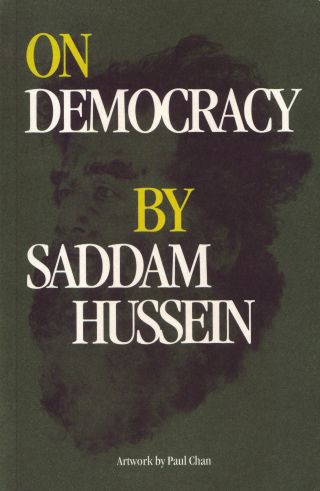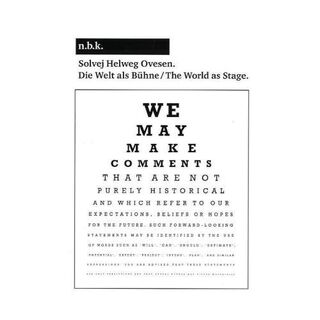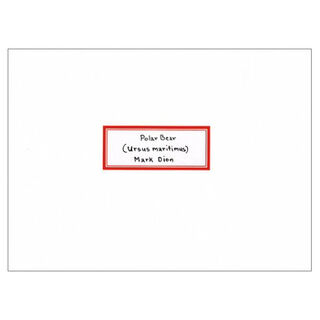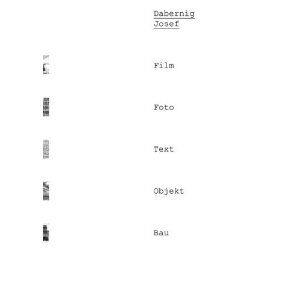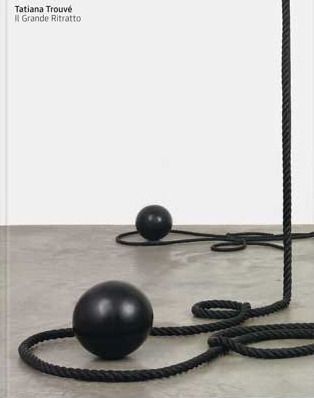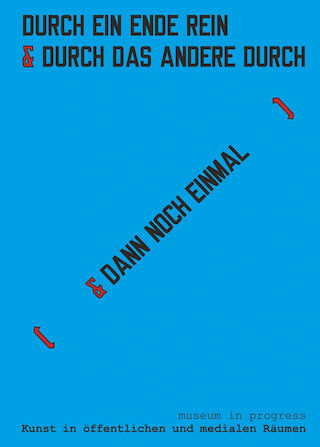
Hard Cover, English, Thread Stitching, 340 Pages, 2010, Verlag der Buchhandlung Walther König Köln
Waiting for Godot in New Orleans: A Field Guide
availability unknown, if interested please write an email
His immediate response to the city was to imagine an outdoor performance of Samuel Beckett's legendary play, Waiting for Godot – the 20th century's most emblamatic story of waiting.
'The longing for the new is a reminder of what is worth renewing. Seeing Godot embedded in the very fabric of the landscape of New Orleans was a way of re-imaging the empty roads, the debris, and, above all, the bleak silence as more than the expression of mere collapse. There is a terrible symmetry between the reality of New Orleans post-Katrina and the essence of this play, which expresses in stark eloquence the cruel and funny things people do while they wait: for help, for food, for tomorrow,' stated Chan.
The production of the play continues the tradition of presenting it in politically charged environments, including San Quentin prison (1957), and a performance directed by Susan Sontag in war-torn Sarajevo (1993).
For nine months Paul Chan worked with New Orleanian artists, activists, and organisers to formalize the shape of the play and broaden the social scope of the project. It evolved into a larger social event, involving free art seminars, eductional programs, theatre workshops and conversations with the community.
A Field Guide, brings together a rich collection of primary ephemera, photographs, articles, and essays that explore the project’s unique community-centric process from conception to completion. Divided into eight sections – Remember, Picture, Relate, Organize, Appear, Play, Film, Reflect – the book re-illuminates the personal and political conditions facing the people of New Orleans and the evacuees in surrounding cities.
In November 2006, visiting New Orleans for the first time after Hurricane Katrina hit, Paul Chan was struck by the disquieting stillness: no hammer sounds banging in the distance, no construction crews yelling to one another, no cranes visible on the skyline.


